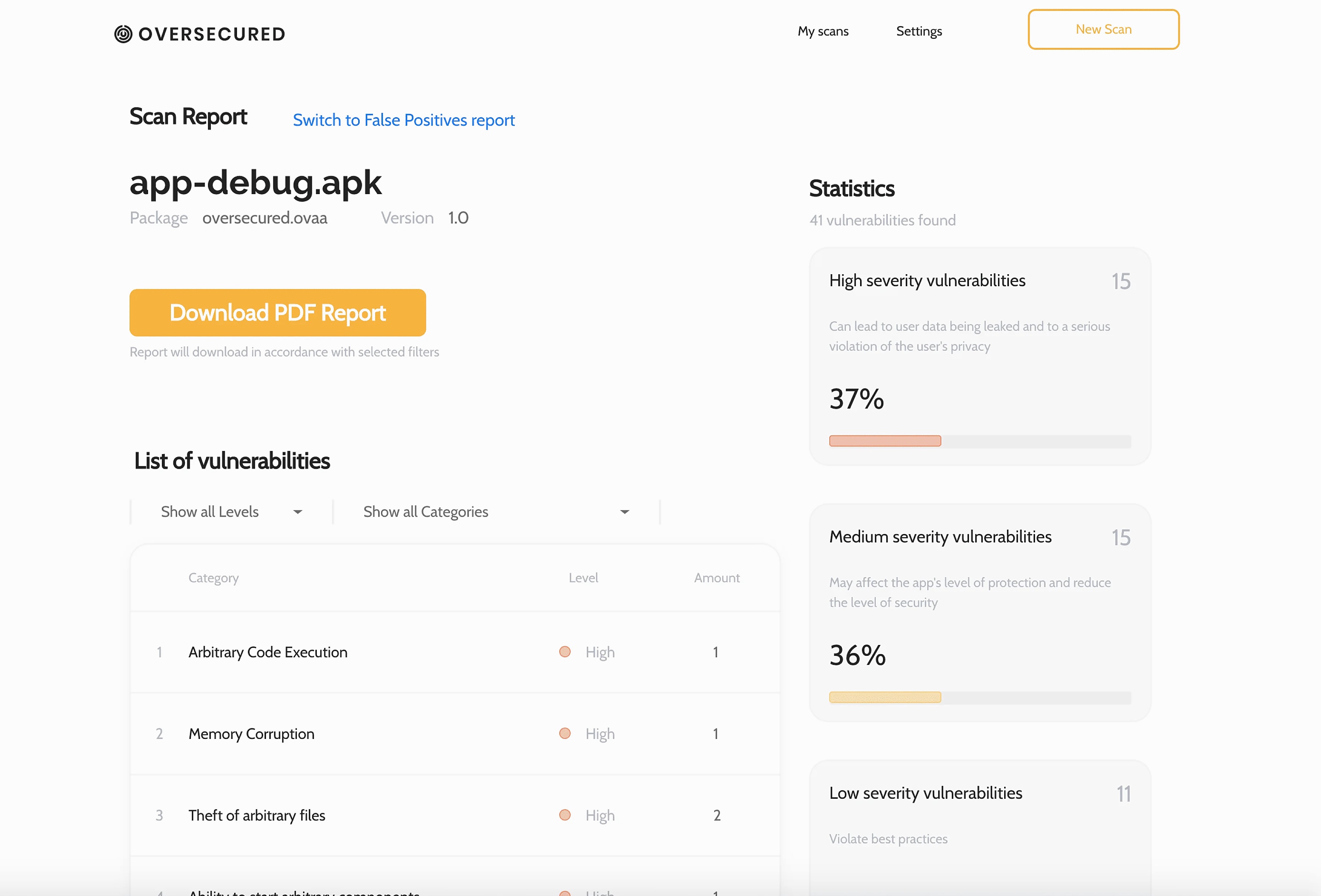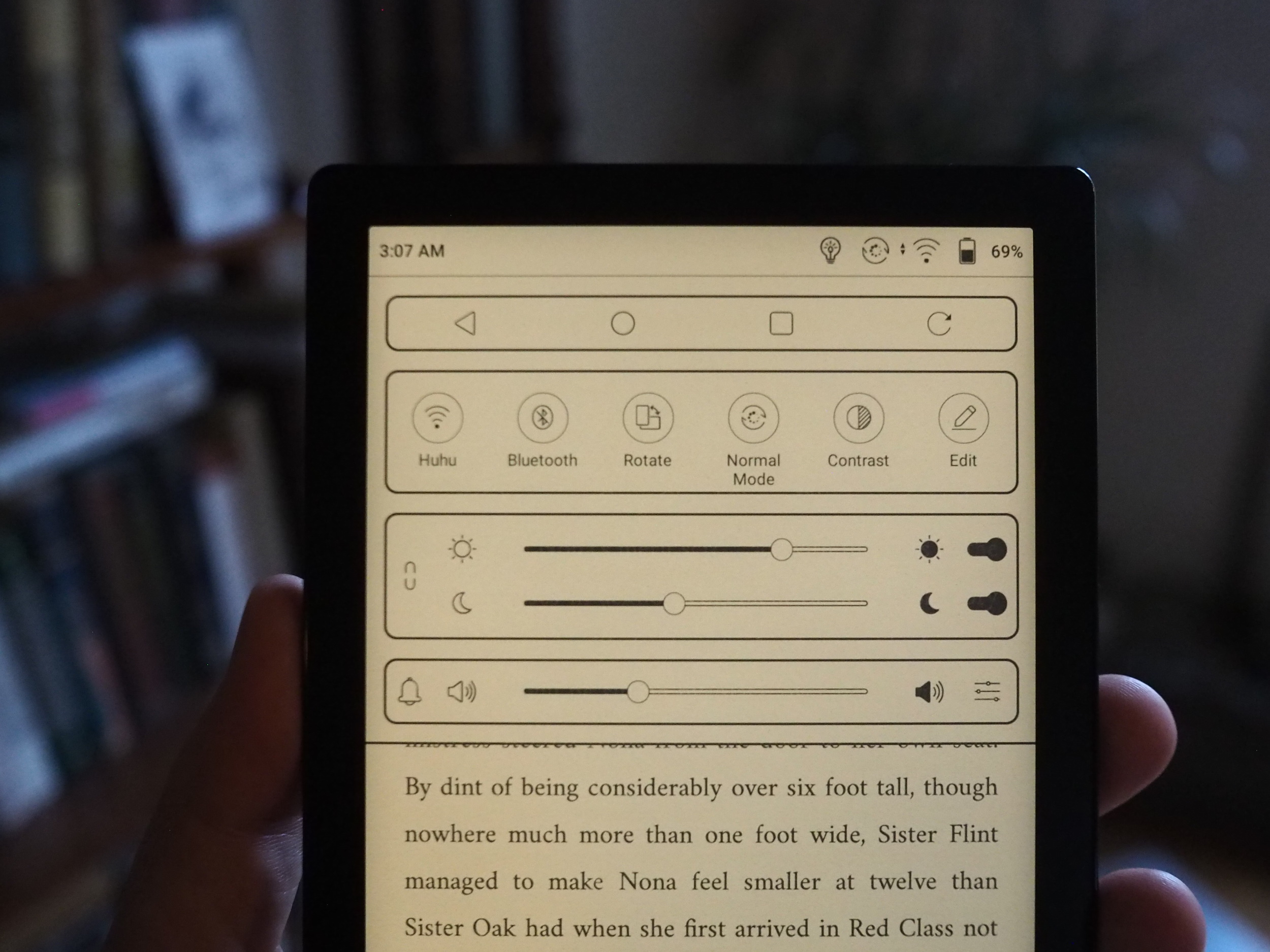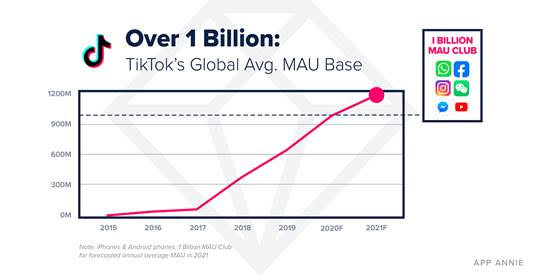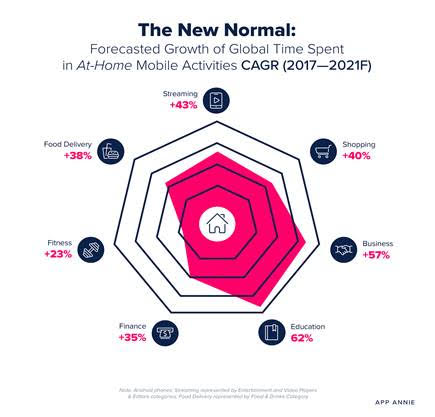A coalition of 135 startups and tech companies with services in verticals including travel, accommodation and jobs have written to the European Commission to urge antitrust action against Google — warning that swift enforcement is needed or some of their businesses may not survive.
They also argue the Commission needs to act now or it risks undermining its in-train reform of digital regulations — which is due to be lay out in draft form early next month.
The letter has been inked by veteran Internet players such as Booking.com, Expedia, Kayak, Opentable, Tripadvisor and Yelp, co-signing along with a raft of (mostly) smaller European startups across all three verticals.
A further 30 co-signatories are business associations and organizations in related and other areas such as media/publishing — making for a total of 165 entities calling for Google to face swift antitrust banhammers.
A European Commission spokesperson confirmed to TechCrunch it’s received the Google critics’ letter — saying it will reply “in due course”.
‘Not competing on the merits’
While there have been complaints on this front before — the Commission has said it’s been hearing rumblings of discontent in the travel segment since for years at this point — a growing coalition of businesses (including some based in the US) are bandying together to pressure the EU antitrust chief to clip Google’s wings — with, for example, jobs-related businesses joining the travel startups whose complaints we reported on recently.
Reuters, which obtained the letter earlier, reports that the coalition is the largest ever to complain in concert to the EU’s competition division.
In the letter, which TechCrunch has reviewed, the group argues that Google is violating a 2017 EU competition enforcement decision over Google Shopping that barred the tech giant from self-preferencing and unfairly demoting rivals.
The group argues Google is unfairly leveraging its dominant position in Internet search to grab marketshare in the verticals where they operate — pointing to a feature Google displays at the top of search results (called ‘OneBoxes’) where it points Internet users to its own services, simultaneously steering them away from rival services.
The Commission is considering limiting such self-preferencing in forthcoming legislative proposals that it wants to apply to dominant ‘gatekeeper’ Internet platforms — which Google would presumably be classified as.
For, now, though no such ex ante regulation exists — and the coalition argues the Commission needs to pull its finger out and flex its existing antitrust powers to stop Google’s market abuse before its too late for their businesses.
“Google’s technical integration of its own specialised search services into its near monopoly general search service continues to constitute a clear abuse of dominance,” they argue in the letter to Vestager.
“Like no service before, Google has amassed data and content relevant for competition on such markets at the expense of others – us,” they go on. “Google did not achieve its position on any such market by competing on the merits. Rather, there is now global consensus that Google gained unjustified advantages through preferentially treating its own services within its general search results pages by displaying various forms of grouped specialised search results.”
A similar complaint about Google unfairly pushing its own services at the expense of rivals’ can be found in the US Department of Justice’s antitrust lawsuit against it, filed just last month — which is doubtless giving succour to Google complainants to redouble their efforts in Europe.
Back in 2017, the Commission found Google to be a dominant company in Internet search. Under EU law this means it has a responsibility not to apply the same types of infringing behavior identified in the Google Shopping case in any other business vertical, regardless of its marketshare.
Antitrust chief Margrethe Vestager has gained a reputation for taking on big tech during her first (and now second term) stint as the Commission’s competition chief — now combined with an EVP role shaping digital strategy for the bloc.
But while, on her watch, Google has faced enforcement over its Shopping search (2017), Android mobile OS (2018) and AdSense search ad brokering business (2019), antitrust complainants say the regulatory action has done nothing to dislodge the tech giant’s dominance and restore competition to those specific markets or elsewhere.
“The Commission’s Google Search (Shopping) decision of 27 June 2017 (was supposed to) set a precedent that Google is not permitted to promote its own services within the search results pages of its dominant general search service. However, as of today, the decision did not lead to Google changing anything meaningful,” the coalition argues in the letter dated November 12, 2020.
The Commission contends its Shopping decision has let to a significant increase in the rate of display of offers from competitors to Google in its Shopping units (up 73.5%), also pointing to a rate of near parity between Google offers on Shopping units getting clicks and rivals’ offers being clicked on. However, if Google is compensating for losing out on (some) marketshare in Shopping searches by dialling up its marketshare in other verticals (such as travel and jobs) that’s hardly going to sum to a balanced and effective antitrust remedy.
It’s also interesting to note that the signatures on the latest letter include the Foundem CEO: aka the original shopping comparison engine complainant in the Google Shopping case.
In further remarks today, the Commission spokesperson told us: “We continue to carefully monitor the market with a view to assessing the effectiveness of the remedies,” adding: “Shopping is just one of the specialised search services that Google offers. The decision we took in June 2017 gives us a framework to look also at other specialised search services, such as Google jobs and local search. Our preliminary investigation on this is ongoing.”
On the Commission’s forthcoming Digital Services Act and Digital Markets Act package, the coalition suggests a lack of action to rein in abusive behavior by Google now risks making it impossible for those future regulations to correct such practices.
“If, in the pending competition investigations, the Commission accepts Google’s current conduct as ‘equal treatment’, this creates the risk of pre-defining and hence devaluing the meaning of any future legislative ban on self-preferencing,” they warn, adding that: “Competition and innovation will continue to be stifled, simply because the necessary measures to counter the further anti-competitive expansion are not taken right now.”
Additionally, they argue that a legislative process is simply too slow to be used as an antitrust corrective measure — leaving their businesses at risk of not surviving Google in the meanwhile.
“While a targeted regulation of digital gatekeepers may help in the long run, the Commission should first use its existing tools to enforce the Shopping precedent and ensure equal treatment within Google’s general search results pages,” they urge, adding that they generally welcome the Commission plan to regulate “dominant general search engines” but emphasize speed is of the essence.
“We face the imminent risk of being disintermediated by Google. Many of us may not have the strength and resources to wait until such regulation really takes effect,” they add. “Action is required now. If Google were allowed to continue the anti-competitive favouring of its own specialised search services until any meaningful regulation takes effect, our services will continue to lack traffic, data and the opportunity to innovate on the merits. Until then, our businesses continue to be trapped in a vicious cycle – providing benefits to Google’s competing services while rendering our own services obsolete in the long run.”
Asked for its response to the group’s criticism of its business practices, a Google spokesperson send this statement: “People expect Google to give them the most relevant, high quality search results that they can trust. They do not expect us to preference specific companies or commercial rivals over others, or to stop launching helpful services which create more choice and competition for Europeans.”
Source: TechCrunch https://ift.tt/36rv3gA








